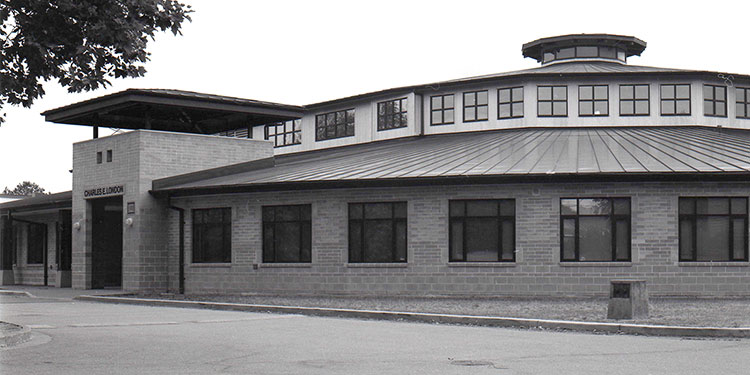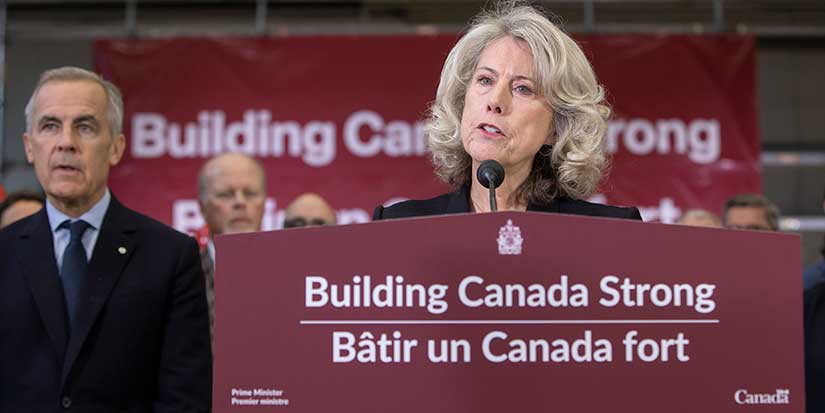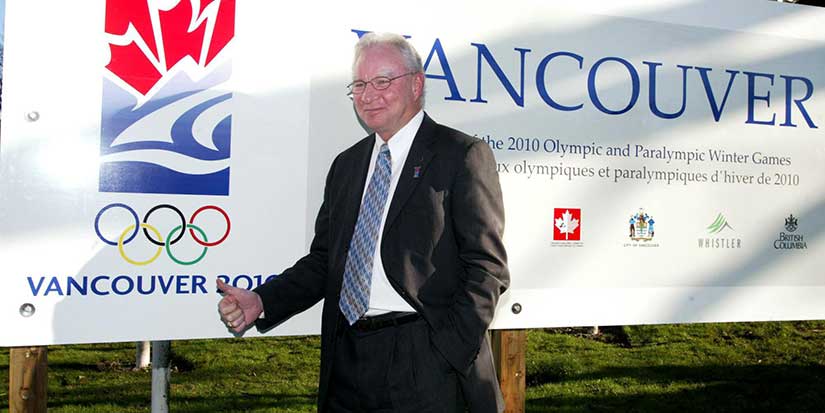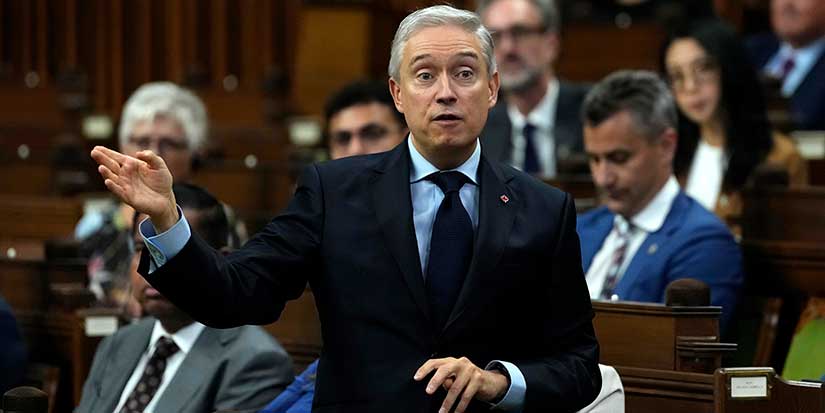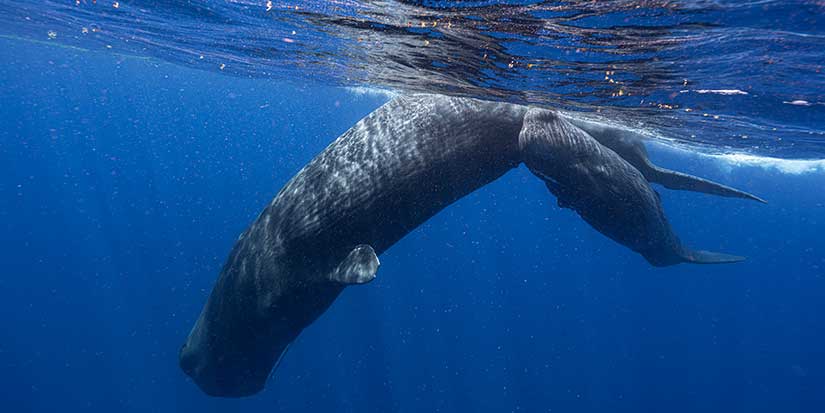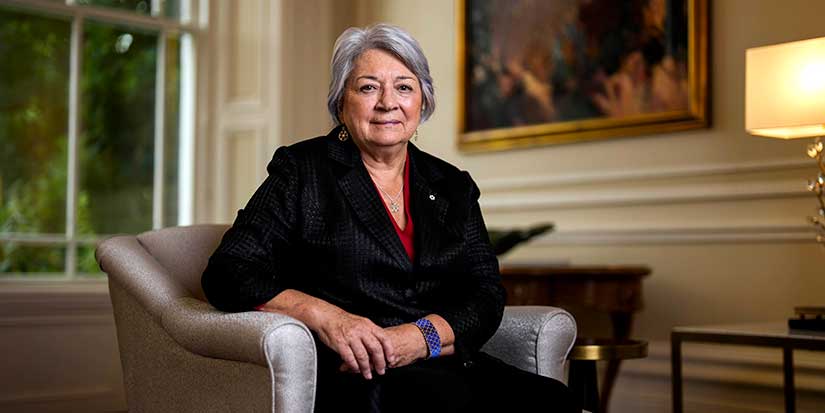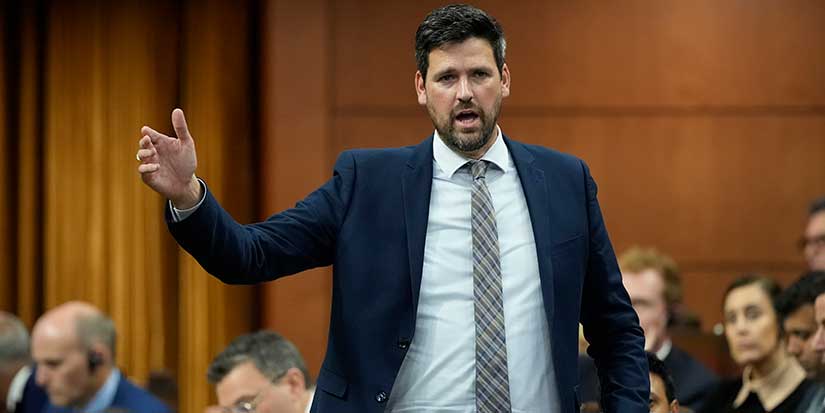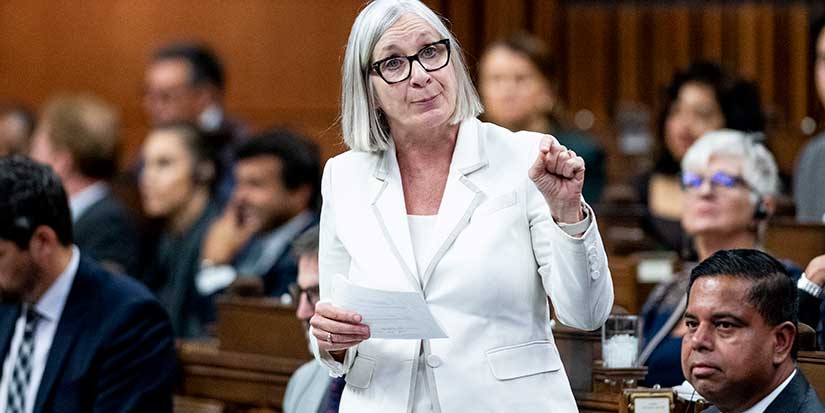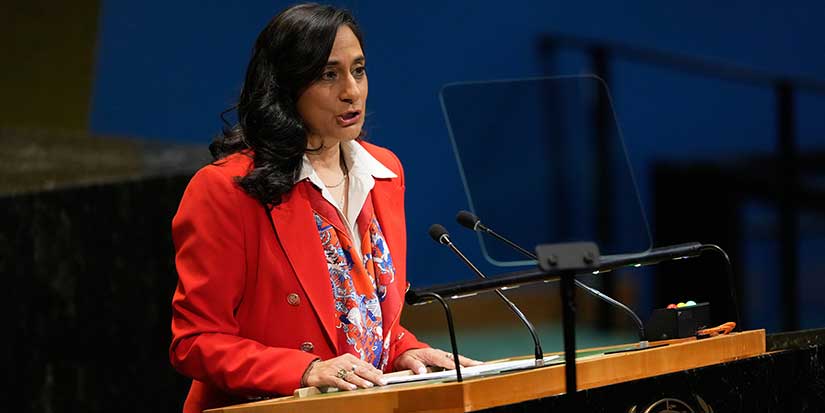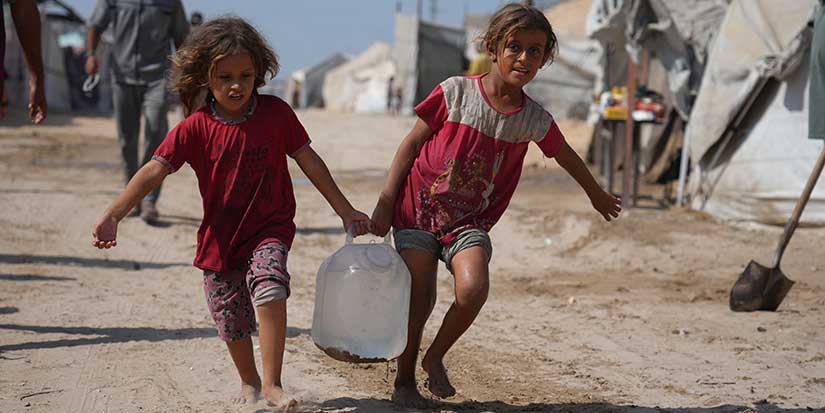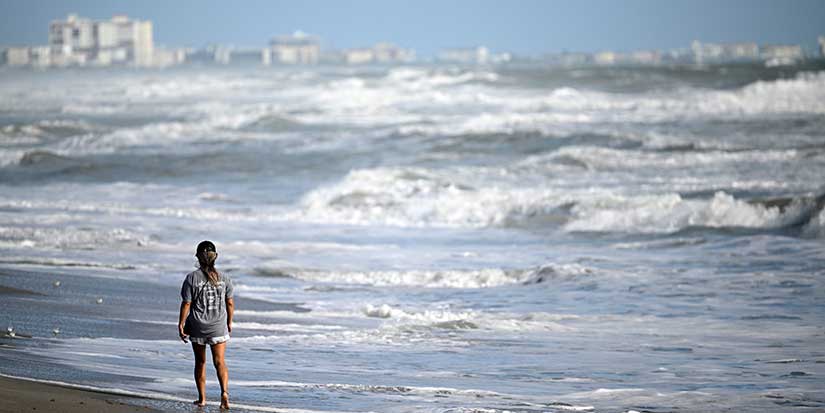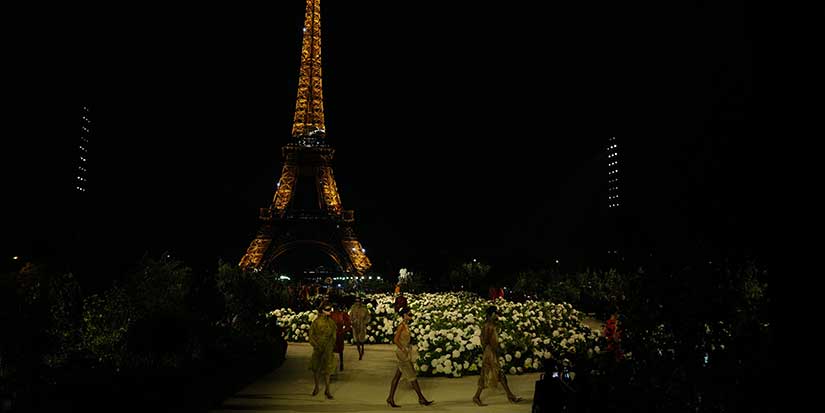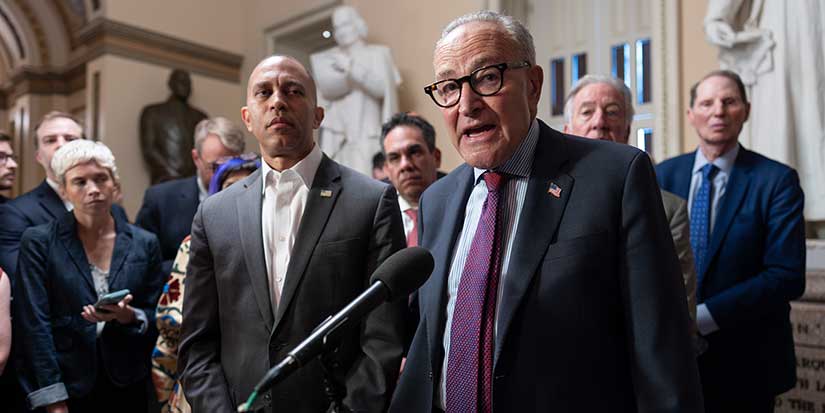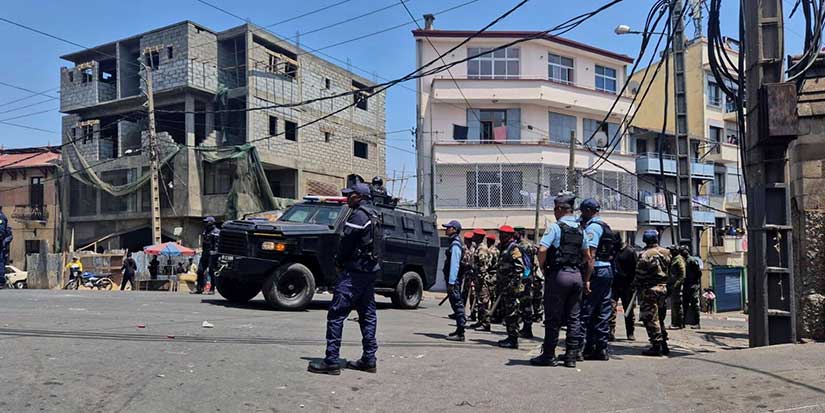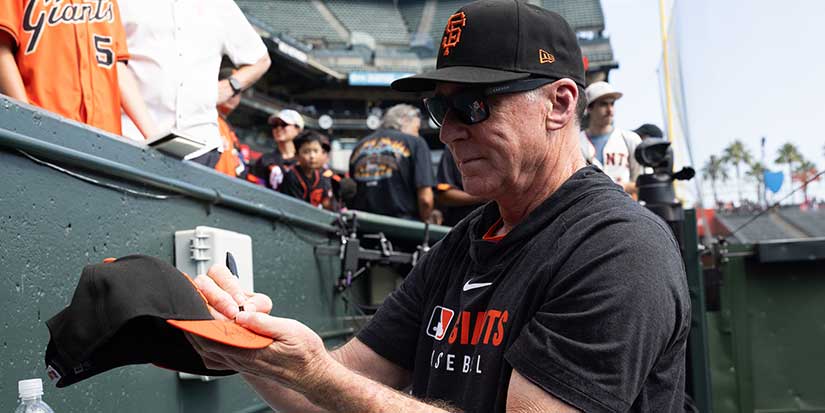Latest News
The story of Steve's town
With many of the details from the
City of Richmond Archives, and specifically its Richmond Schools online
exhibit, this final installment in a four-part series regales the stories
associated with Richmond school names.
Richmond’s newest high school is
actually a merger of two previously established schools, and pays homage to two
of the city’s most prominent pioneers.
Opened in 2007 following a merger
between the previously-existing London Secondary and the eventual replacement
of Steveston Secondary, the largest school in the district (featuring two
full-sized gyms, two science labs and a library) is named after pioneers
Charles Edwin London and Manoah Steves.
Originally built as an elementary
school, London was first established as a junior secondary in 1974, while the
original Steveston school on No. 2 Road opened in 1955 before closing in 2005.
A farmer, Charles London and his
brother tilled land along the south arm of the Fraser River from 1881 to 1941.
The pair also built a dyke by hand to protect farmland from flooding, and
constructed a landing at the foot of No. 2 Road to bring in supplies to both
his farm and the community. The original London farmhouse is now a popular
heritage site located on Dyke Road near Gilbert Road.
Steves, after whom Manoah Steves
Elementary was named, was also an early pioneering farmer. It is after the
Steves family that the Steveston neighbourhood is named.
Ironically, the Steves family all
attended Lord Byng Elementary—a school, according to Harold Steves, originally
known as Steveston.
Harold’s great grandfather,
Manoah Steves, and Charles London enjoyed a great friendship that extended to
their families.
“The early farmers were good
friends,” Harold says. “But it was an all-day trip to go and visit the Londons.
When they first settled here there weren’t many roads and travelling by
horseback was a slow process.”
The neighbourhood that came to be
known as Steveston came about because of the farm wharf that was located there.
“Initially it was called
Steveston’s Landing, and eventually Steve’s Town,” Harold explains.
James McKinney Elementary
Originally built as annex to Lord
Byng Elementary, the school was enlarged and became a full-fledged Kindergarten
to Grade 7 school in 1974. It is named after James McKinney, who came to Lulu
Island from Ontario in 1892 and owned 200 acres of farmland near No. 2 Road and
Steveston Highway. It is on this site that the school is located. McKinney
served on school board and was heavily involved in the church and other
community activities.
Westwind Elementary
Opened in 1979 to serve the new
housing development bound by Steveston Highway, Moncton Street, No. 2 Road and
Railway Avenue, near the popular Steveston Village, the school is named after
the new subdivision.
Jessie Wowk Elementary
Opened in 1992, the school is
named after Jessie Wowk who was known as a humanitarian during the depression
and gave generously to those standing in bread lines. She emigrated to Richmond
with her parents from Ukraine in 1906, with the family purchasing a farm on
Steveston Highway. Wowk is only the second woman— after Kate McNeely Elementary
School—to have a school in Richmond named after her.
HJ Cambie Secondary
The current secondary school at
Jacombs and Cambie roads was opened in 1995, replacing the previous facility at
Sexsmith and Cambie roads which originated in 1928 as Richmond High School. In
1952, the latter school became Cambie junior secondary when a new Richmond High
School was opened on Foster Road (now Minoru Boulevard) in the downtown core.
Cambie school was originally named after the adjacent road, which in turn was
named after early local pioneer Henry James Cambie. He was an engineer with the
Canadian Pacific Railway and surveyed and built roads in both Richmond and
Vancouver.
AR MacNeill Secondary
Opened in 2003, the school is
named after Allan Roy MacNeill who was an early Richmond educator. One of the
first graduates from the education faculty at the University of British
Columbia in 1923, he began teaching at Bridgeport Elementary and in 1928, when
Richmond High School opened, became its first principal, a position he held
until 1959. He then became the district’s director of secondary instruction
until retiring in 1968.
RA McMath Secondary
Opened in 1998 and becoming a
French Immersion school in 2004, the Steveston-area school is named after
Richmond pioneer Robert Alexander McMath. Born in Ireland, he emigrated to B.C.
in 1928 and moved to Richmond following the Second World War. In 1951 he was
elected to the Board of Education and from 1957 until retiring in 1993
(excluding two years in which he sat out after unsuccessfully running for
mayor), he served on municipal council. During this time, McMath became
associated with several projects including the trail system, Richmond Nature
Park and—as a keen soccer player—was prevalent in the local sports community.
Hugh McRoberts Secondary
Opening first as a junior
secondary in 1961, the school is named after Hugh McRoberts who was one of the
community’s first settlers in 1862 when he purchased 648 hectares of land on
Sea Island. Though born in Ireland, he called his farm Richmond View after his
former home in Australia. It apparently reminded his daughter of Richmond, New
South Wales. Sea Island was, in fact, originally known as McRoberts Island.
Tomekichi Homma Elementary
Built in 1990 to serve a growing
Steveston neighbourhood near Britannia Heritage Shipyard, the school is named
after Tomekichi Homma who arrived in B.C. in 1883 as one of the first Japanese
settlers in Richmond. Homma was involved in the construction of the first
Japanese school and Fisherman’s Hospital, and in 1897 started the first
Japanese daily newspaper, Canada Shinpo. He also helped the Japanese fishermen
organize their own association, and throughout his lifetime fought for the
right of suffrage for Asians, which didn’t occur until 1949—five years after
his passing.
Thomas Kidd Elementary
Opened in 1957 as a two-room
school on Shell Road near Steveston Highway, the facility has undergone
significant additions and alterations since. The school is named after one of
Richmond’s best-known pioneers, who was part of its incorporation as a municipality
in 1979. Kidd also served as a councillor in the 1880s and 1890s and as reeve
(mayor) from 1889 to 1890 and as Richmond’s Member of the Legislative Assembly
of British Columbia from 1894 to 1902. He was also Richmond’s first historian
and also coined the term “Child of the Fraser” in a poem titled “Lulu Island.”
Donald McKay Elementary
Opened in 1958 as an extension of
Grauer Elementary, it became a Kindergarten to Grade 7 school in 1961. The
school is named after Donald McKay, an early Richmond pioneer who owned land on
the South Arm of the Fraser River near Steveston and also leased land in the
Brighouse Estates area on the middle arm of the Fraser to raise Holstein cows.
McKay also operated a general store and post office at London Landing from 1888
to 1904 with Samuel Churchill. He served on municipal council from 1916 to
1922.
Kate McNeely Elementary
Opened in 1991 to relieve
overcrowding at Mitchell Elementary because of the rapid growth of subdivisions
near Jacombs and Cambie roads, the school is named after pioneer teacher
Kathleen McNeely. McNeely began teaching in Richmond in 1910 at the age of 19
at the English school on Steveston Highway. In 1913 she became principal at
Bridgeport School, the first female to hold the post in Richmond and perhaps
the province. Besides being an administrator, McNeely was also expected to
teach full-time and during the Spanish influenza pandemic of 1918 volunteered
her time to care for the sick. During the depression the 1930s, she helped
initiate a school cafeteria program, and following retirement in 1948 dedicated
the remainder of her life to education and social causes.
Quilchena Elementary
Opened in 1974, the school was
originally built to take the load off Gilmore Elementary. The school is named
after the Salish word meaning “flat place near water.” The intent of the
Richmond School Board was to recognize the fact that a First Nations settlement
had been located near the site.
Spul’u’kwuks Elementary
Opened in 2000, the school was
built to serve a new housing development in the exclusive Terra Nova Estates.
The school was slated to become Richmond’s first year-long school (balanced
timetable) in 2004. The school name is borrowed from the Coastal Salish Nation
meaning “a place of bubbling waters.” Because First Nations people of the
Northwest had established settlements on Lulu Island near the school site for
the purposes of fishing, the school was named in their honour.
Manoah Steves Elementary
Opened in 1964 as an annex to
Dixon Elementary, it became a Kindergarten to Grade 7 school a decade later.
The school is named after Manoah Steves who along with his wife Martha left New
Brunswick in 1868 moving first to Ontario and then Maryland (in the eastern
United States) before arriving in Richmond in 1877. Upon his arrival, he
purchased 400 acres in the southwest region of Lulu Island and helped petition
for Richmond to become a municipality in 1879 and served on the first council.
His descendants, including longtime councillor Harold Steves, continue to farm
a portion of his land. Due to the proximity of his farm to the fishing village
that emerged, a community named Steveston was also named in his honour.
